Shocking human mutations
Categories: Health and Medicine
By Pictolic https://pictolic.com/article/shocking-human-mutations.htmlIt has long been the case that people with genetic mutations were considered monsters and monsters. They frightened children and tried to avoid them in every possible way. We now know that the unusual appearance of some people is the result of rare genetic diseases. Unfortunately, scientists have not learned how to deal with them. We bring to your attention a selection of the ten most unusual genetic mutations found in humans. Fortunately, they are quite rare.
(Total 10 photos)
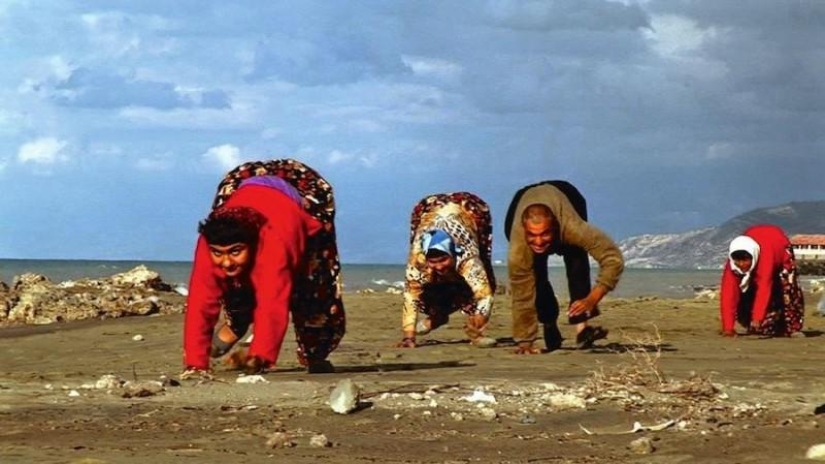
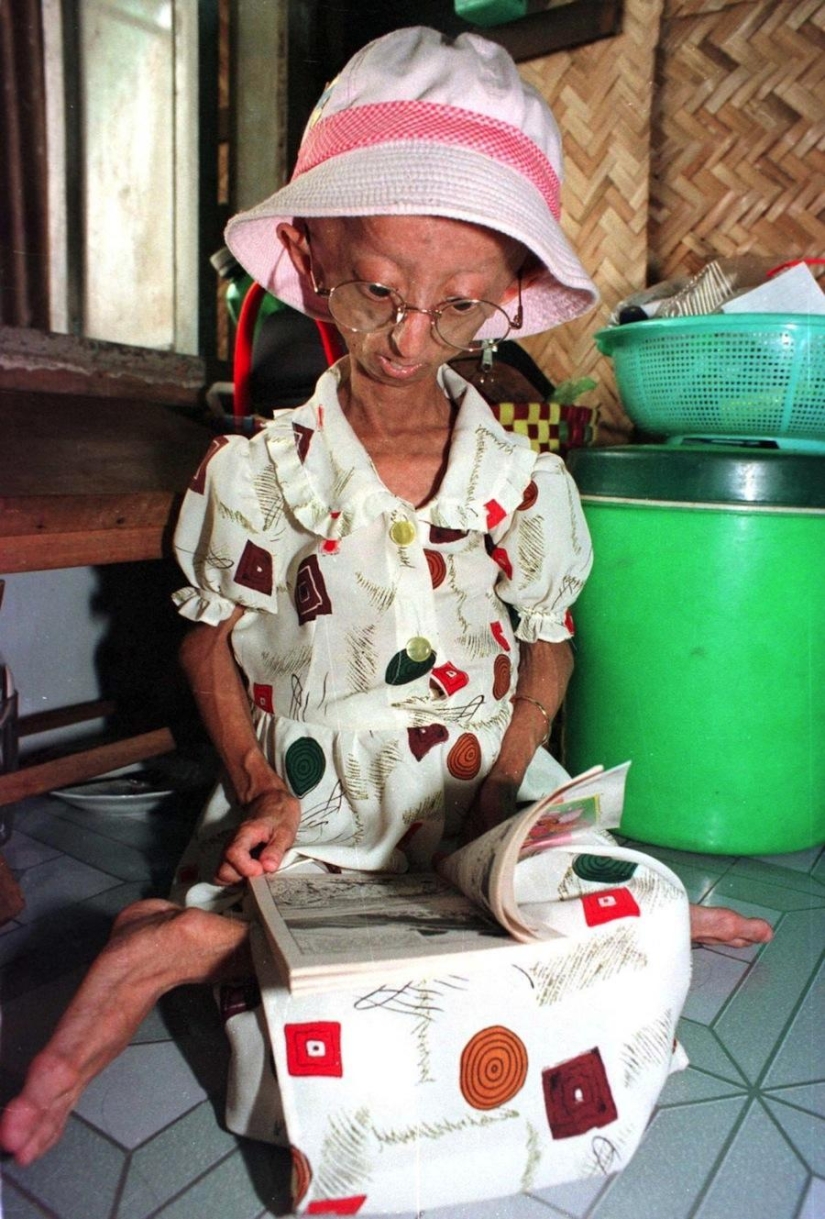
1. Progeria.
It occurs in one child out of 8,000,000. This disease is characterized by irreversible changes in the skin and internal organs caused by premature aging of the body. The average life expectancy of people with this disease is 13 years. Only one case is known when the patient reached the age of forty-five years. It was recorded in Japan.
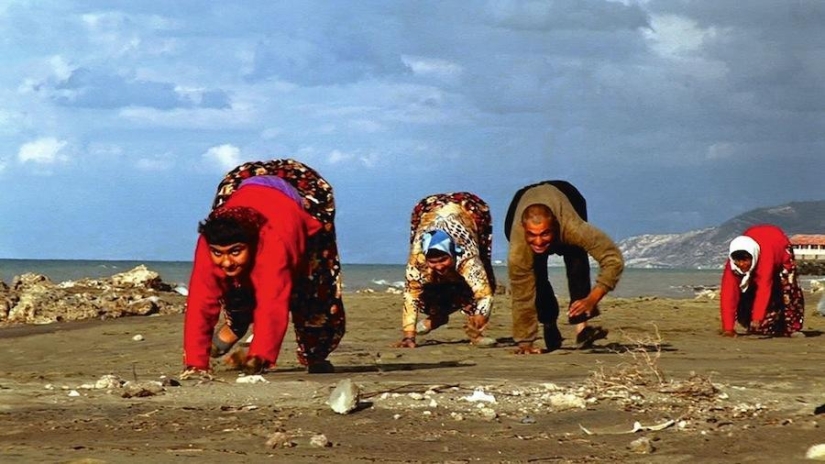
2. Yuner Tan syndrome (UTS).
People with this rare genetic defect are prone to walking on all fours, have primitive speech and insufficient brain activity. The syndrome was discovered and studied by the biologist Yuner Tan after meeting the Ulas family in one of the Turkish villages. About this unusual family, even the documentary film "The Family Walking on All Fours" was filmed. Although some scientists tend to think that SUT has nothing to do with the work of genes.

3. Hypertrichosis.
During the Middle Ages, people with a similar gene defect were called werewolves or apes. This condition is characterized by excessive hair growth all over the body, including the face and ears. The first case of hypertrichosis was recorded in the 16th century.
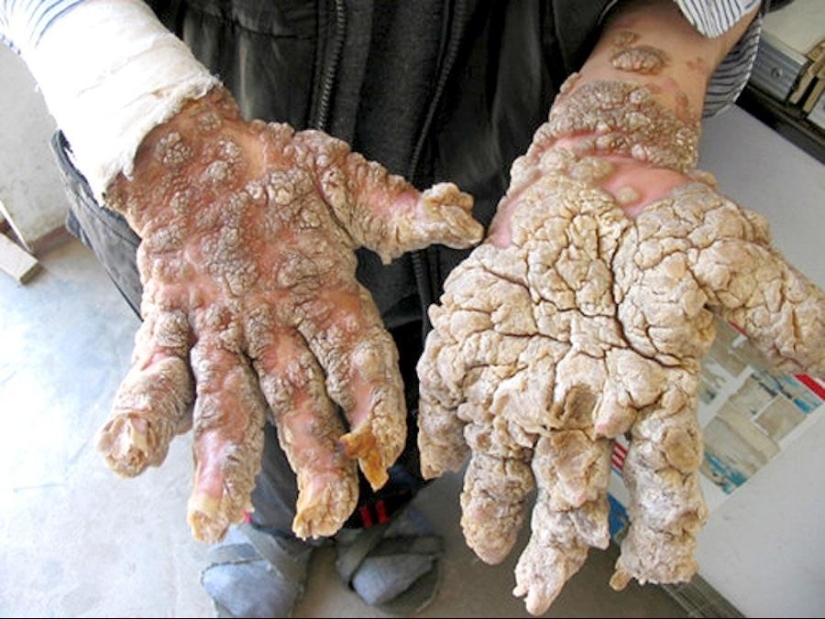
4. Epidermodysplasia verruciform.
One of the rarest gene failures. It makes its owners very sensitive to the widespread human papillomavirus (HPV). In such people, the infection causes the growth of numerous skin growths that resemble wood in density. The disease became widely known in 2007 after a video with 34-year-old Indonesian Dede Koswara appeared on the Internet. In 2008, the man underwent complex surgery to remove six kilograms of growths from his head, arms, legs and torso. New skin was transplanted onto the operated parts of the body. But, unfortunately, after a while the growths appeared again.
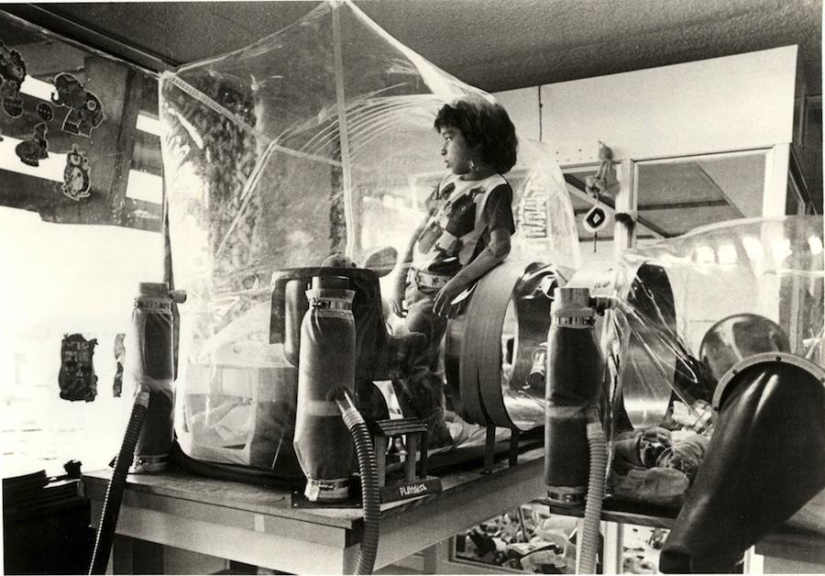
5. Severe combined immunodeficiency.
In carriers of this disease, the immune system is inactive. They started talking about the disease after the film "The Boy in the Plastic Bubble", which appeared on the screens in 1976. It tells about a small disabled boy, David Vetter, who is forced to live in a plastic bubble. Since any contact with the outside world for the baby could be fatal. The film ends with a touching and beautiful happy ending. The real David Veter died at the age of 13 after an unsuccessful attempt by doctors to strengthen his immune system.
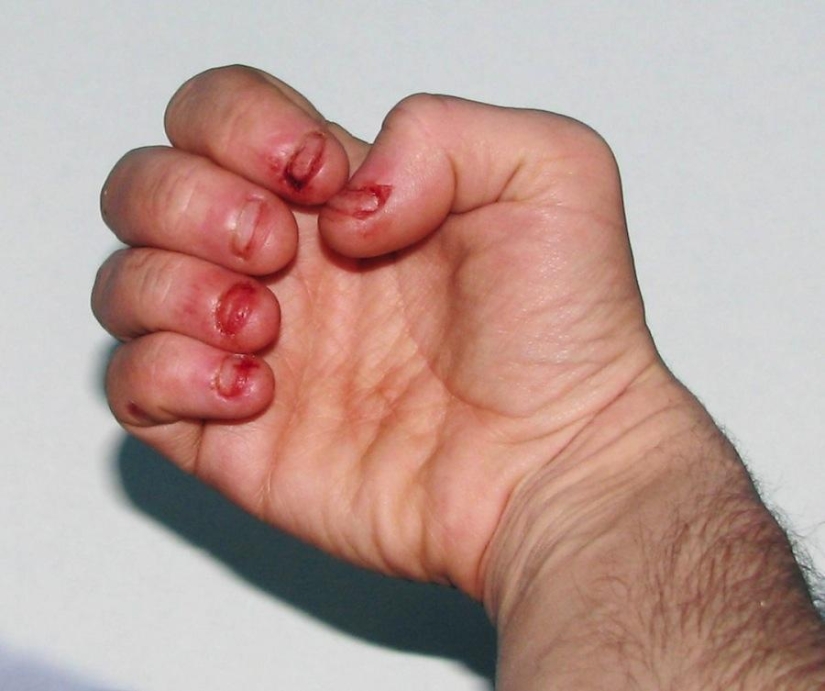
6. Lesch-Niechen syndrome - increased synthesis of uric acid.
In this disease, too much uric acid enters the bloodstream. This leads to kidney and bladder stones, as well as gouty arthritis. In addition, human behavior also changes. He has involuntary hand spasms. Patients often gnaw their fingers and lips until they bleed and beat their heads against hard objects. The disease occurs only in male infants.
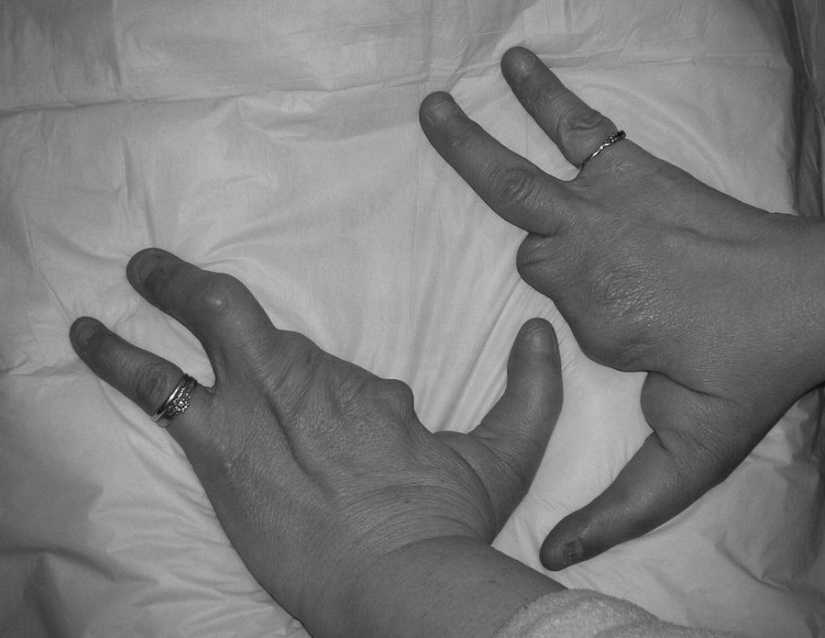
7. Ectrodactyly.
One of the congenital malformations in which the fingers and / or feet are completely absent or underdeveloped. Caused by a malfunction of the seventh chromosome. Often the companion of the disease is the complete absence of hearing.
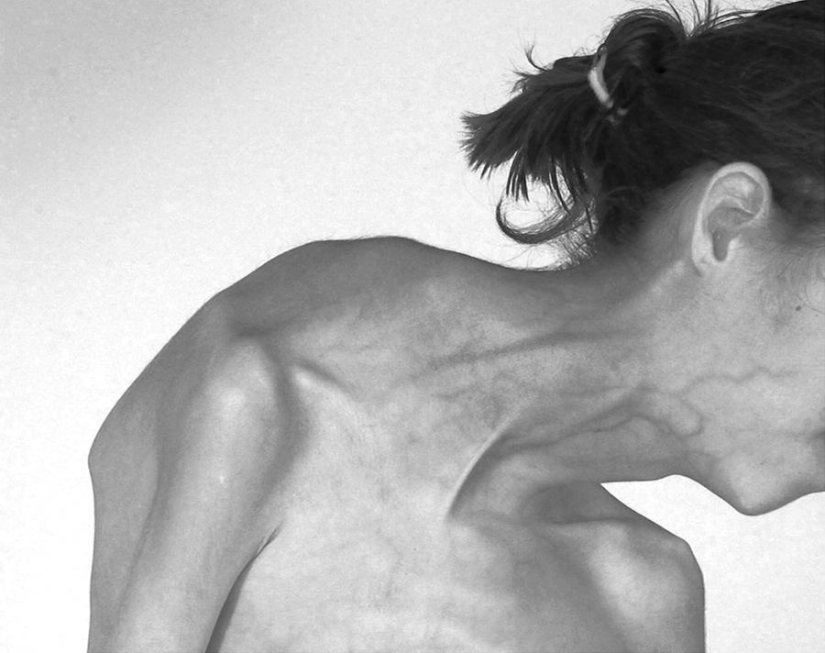
8. Proteus Syndrome
Proteus syndrome causes rapid and disproportionate growth of bones and skin caused by a mutation in the AKT1 gene. This gene is responsible for proper cell growth. Due to a malfunction in its work, some cells rapidly grow and divide rapidly, while others continue to grow at a normal pace. This results in an abnormal appearance. The disease does not appear immediately after birth, but only by six months of age.
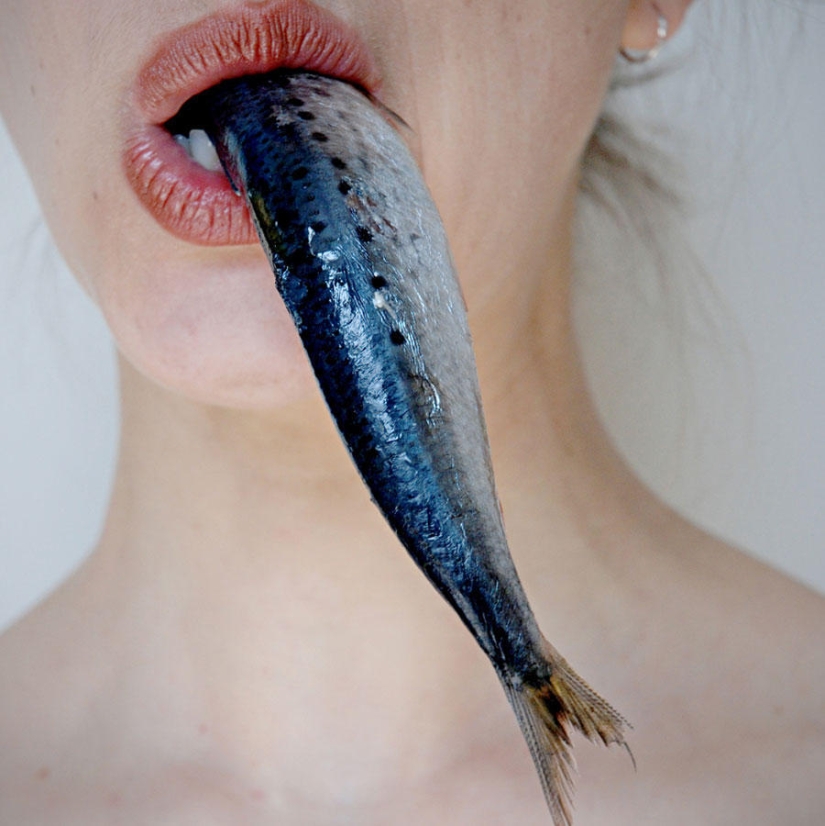
9. Trimethylaminuria.
It belongs to the rarest genetic diseases. There are no even statistical data on its distribution. In those suffering from this disease, trimethylamine accumulates in the body. This substance with a sharp unpleasant odor, reminiscent of the smell of rotten fish and eggs, is released along with sweat and creates an unpleasant fetid amber around the patient. Naturally, people with such a genetic failure avoid crowded places and are prone to depression.
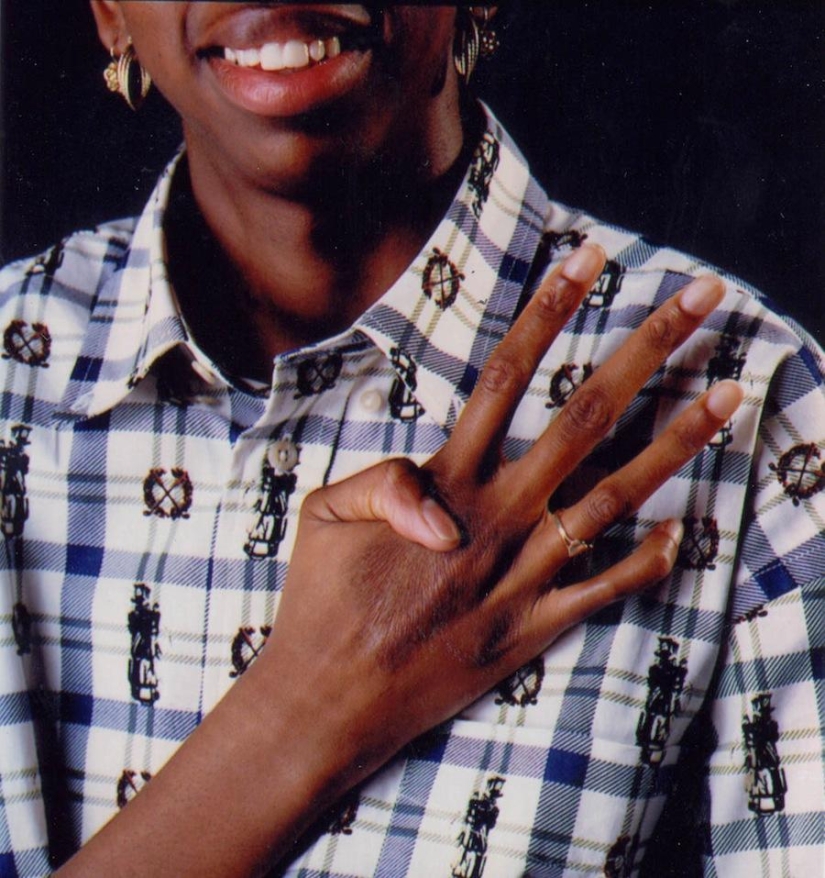
10. Marfan's syndrome.
Keywords: Genetics | Mutation | Human | Shock
Post News ArticleRecent articles

Most of us think that the color of the eggshell does not play any role and it is possible not to pay attention. But it's not and ...

The more we rely on technology, the more potential power hackers gain over us. It doesn't matter if their goal is to help or cause ...
Related articles

Relatively recently, the world began to learn about gender diversity. Started talking about a lot of things that have never been ...

We have already told you before what will happen if parents of different nationalities have a daughter. But girls with mixed blood ...

Superheroes are born with unique traits, which set them apart from all others. It turns out, strange people live near us and walk ...

Creating a good portrait is one of the most difficult tasks for any photographer. In order to make a really natural and memorable ...